
Alisa Banks
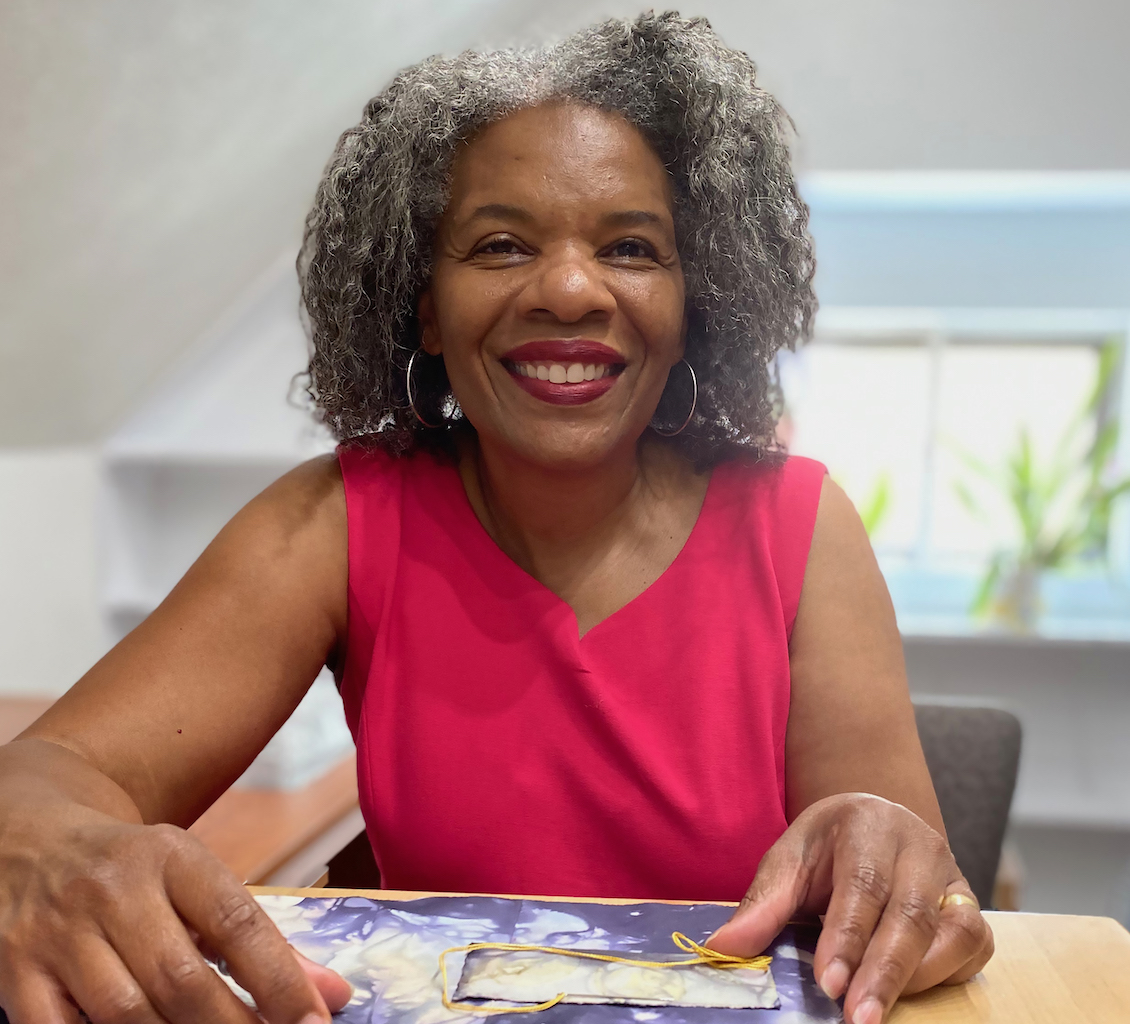 Website: www.alisabanks.com
Website: www.alisabanks.com
Instagram: @abanksart
BIOGRAPHY
Alisa Banks investigates connections to contemporary culture, her Creole heritage, and the African diaspora through the lenses of home, terrain, and the body, using Southern Louisiana as a point of entry. Her sculptural artist books, writings, and textile collages, which incorporate fibers and found materials, reference traditional craft forms through twisting, knotting, crocheting, and sewing. Alisa’s interests include exploring alternative modes of reading and the performative potential of the book. Her work has been exhibited in Canada, Europe, Asia, Africa, and throughout the US, and is housed in several private and public collections, including the Smithsonian Institution, the US Library of Congress, and the New York Public Library.
ARTIST STATEMENT
Inheritance
Why make a book with ink and paper, with hair and soil?
Inheritance, addresses my interests in oral traditions in the form of stories, rituals, customs, and rites; modes of communication that could, can, and did serve as connections to ancestors throughout the African diaspora.
In the US, subjugation laws were enacted, and practices were adopted that forbade enslaved people to read and write, gather together, or speak indigenous languages. Varying degrees of corporal punishments were meted out to those who were found to defy such laws. Despite threats of bodily injury, enslaved persons sought opportunities to share knowledge using literary and non-literary methods.
The purposeful separation of families was intended to destroy their native cultures. But cultures rarely die. They continue to exist in abbreviated forms and are also affected by other cultures in which they come into contact. Traditions that have occurred over the course of millennia undergo continual adaptation to changing climates, whether social, political, or environmental. An adopted (or forced) language is purposefully molded, reading becomes a clandestine activity. Communication is disseminated through alternate means, and oral traditions persist, forging new connections and documenting histories; unique cultural markers are retained.
Inheritance focuses on hair day, a custom prevalent in many Black households in the US and throughout Africa and the diaspora, from ancient days to present. The act of hair grooming is an opportunity to share history, stories, and traditions. Grooming Black hair is often an hours long endeavor at any age, and the focus of this work is the spirit of the ritual; of not only the care that goes into grooming another, but also the opportunity for fellowship and to share information.
Books are objects that cultures use to document themselves, and for a culture required to employ clandestine methods of preservation and resistance, hair culture, as practice and possibility, is a subject of continued interest. Inheritance is a portable writing desk containing a quilt, a brush, a bound book, and an “inkwell” containing scented “pomade.” Materially, each item was chosen specifically for its relation to personal and diasporic histories. For example, the “Ancestor Ink” brushed onto the book pages in an abstracted braid image was created from pigments obtained from land of my ancestral home, a former farmstead. Indigo pigment, was also added to the formula, significant as the first cash crop of the Southern US. The cultivation of indigo facilitated the increased importation of enslaved persons, surges that were repeated with sugar cane and cotton. Hair features prominently in Inheritance in various ways – crocheted, felted, in paper, and brush. The objects are intended to appear to have been collected over a period of time by several persons. Scent has the ability to facilitate recollection. The “pomade” features aromatics related to a formerly ubiquitous Black hair care product.
Inheritance is the product of my continued investigation into the merging of literary and oral traditions. It summons collective memory through scent and invites the viewer to participate in the performance of ritual. It is an example of adaptation and of connections that appear innocuous, and are at times unappreciated. However harmless, routine actions such as hair grooming can offer practitioners ways to resist while hiding in plain sight.
ARTIST'S WORK
Note: Inheritance will be exhibited in Adaptation: Artist’s Books and Prints in a Changing Environment, at the Environmental Design Library at UC Berkeley, March 14 – April 14, 2022.
Edition: 8 + 2 A/P
Size: Closed: 10.5” x 10.5” x 4”H, Open: variable
Pages: 12
Themes: Culture -Southern, Creole, African diaspora; oral history, memory, non-textural reading
Media: Wood (walnut), pigments (soil, indigo, acorn, walnut), paper (cotton, abaca, human hair, dye), synthetic hair, human hair, glass, sterling silver, lily, beeswax, aromatics
Year: 2022
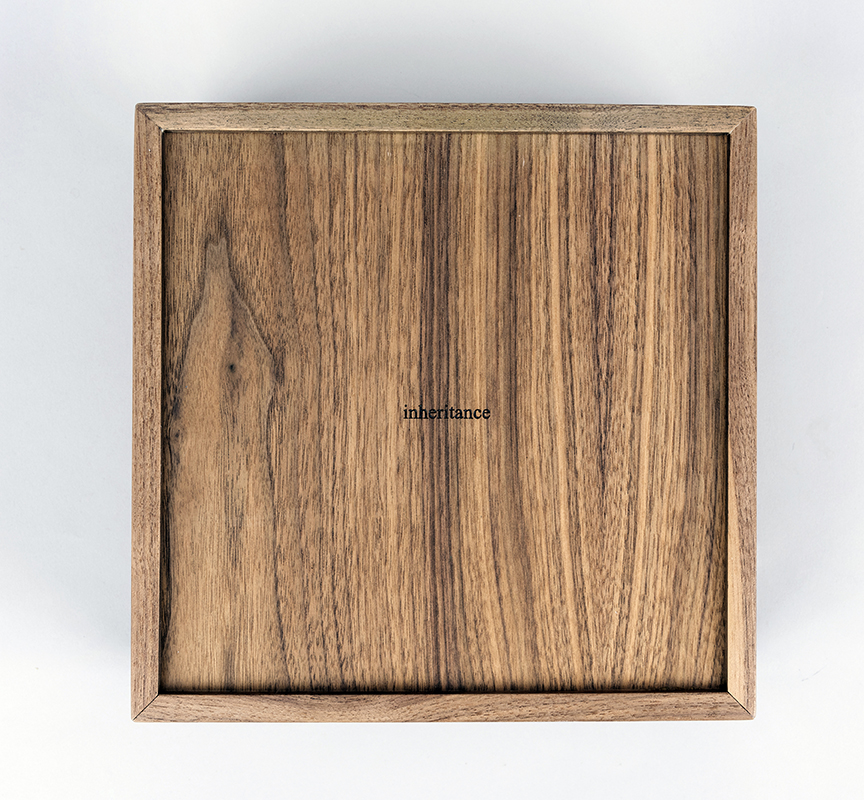
Closed View

Open, Quilt View

Interior, With Quilt

Quilt Reverse
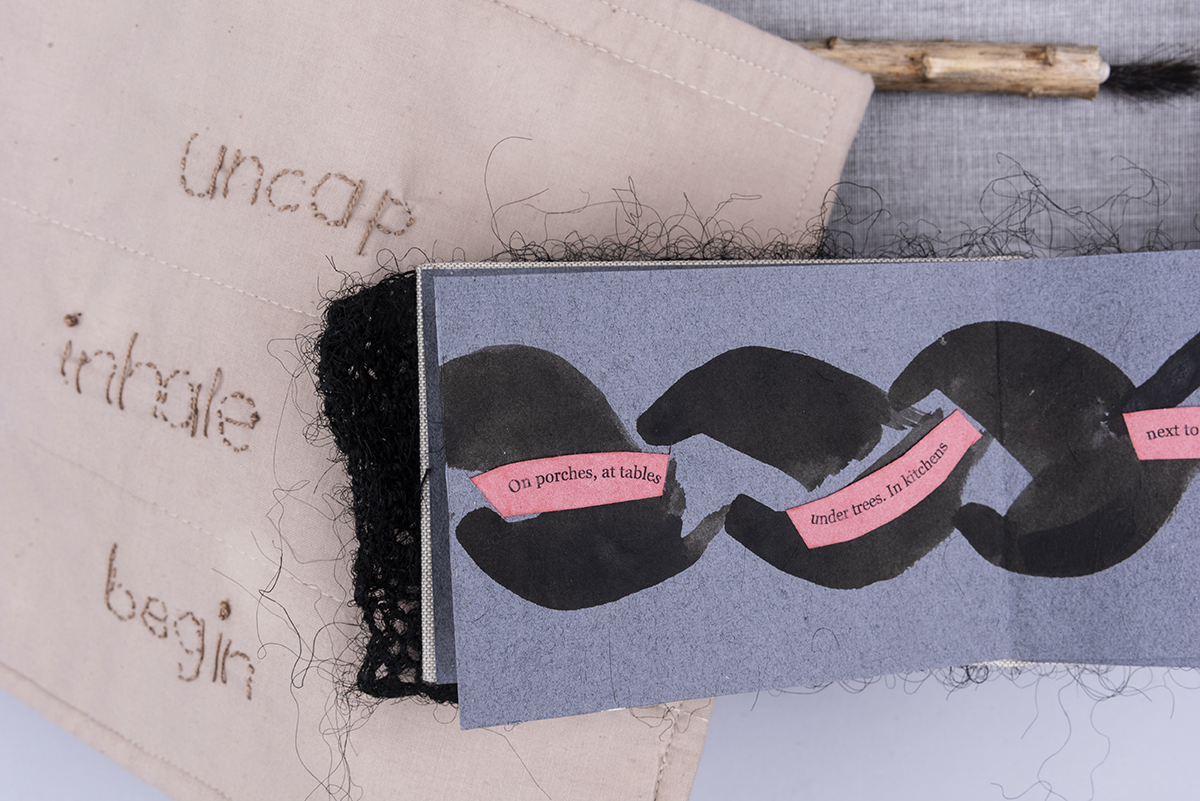
Book Detail

Brush Assembly

Grinding Pigment
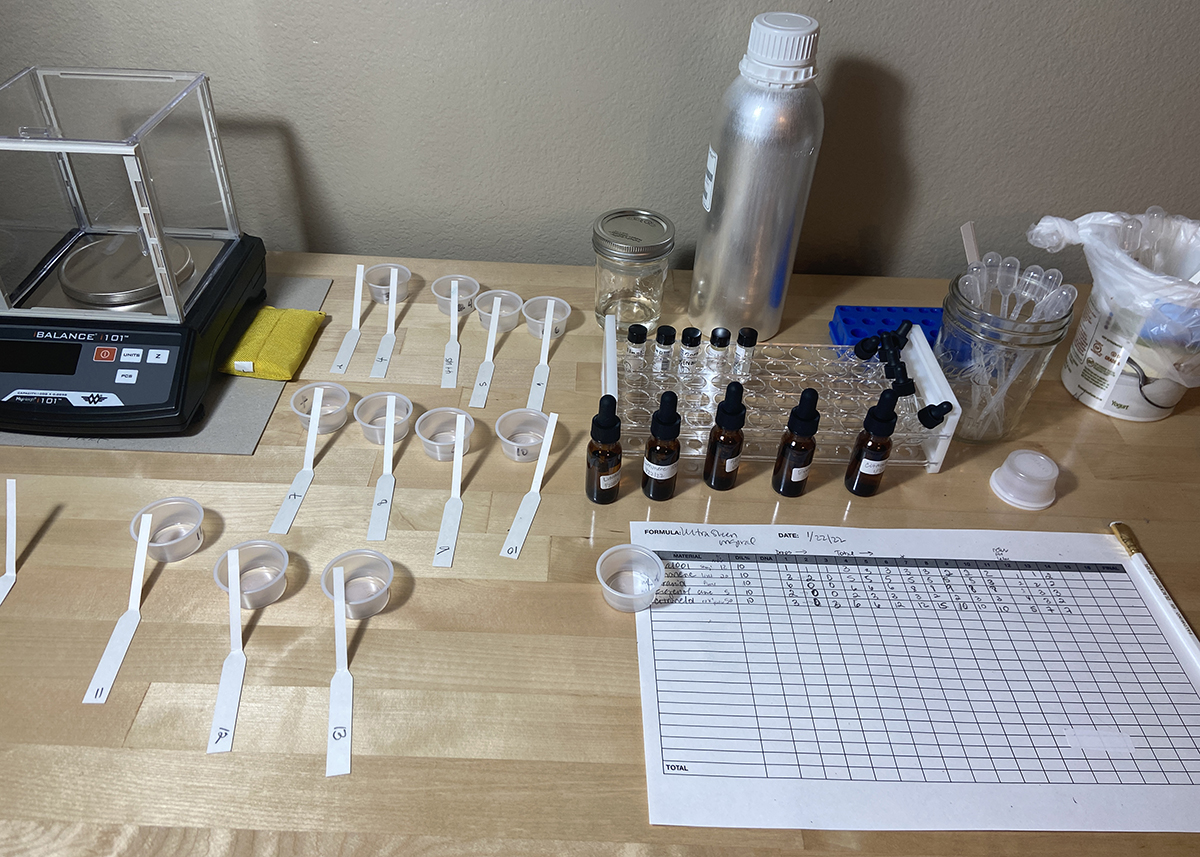
Mixing Aromatics
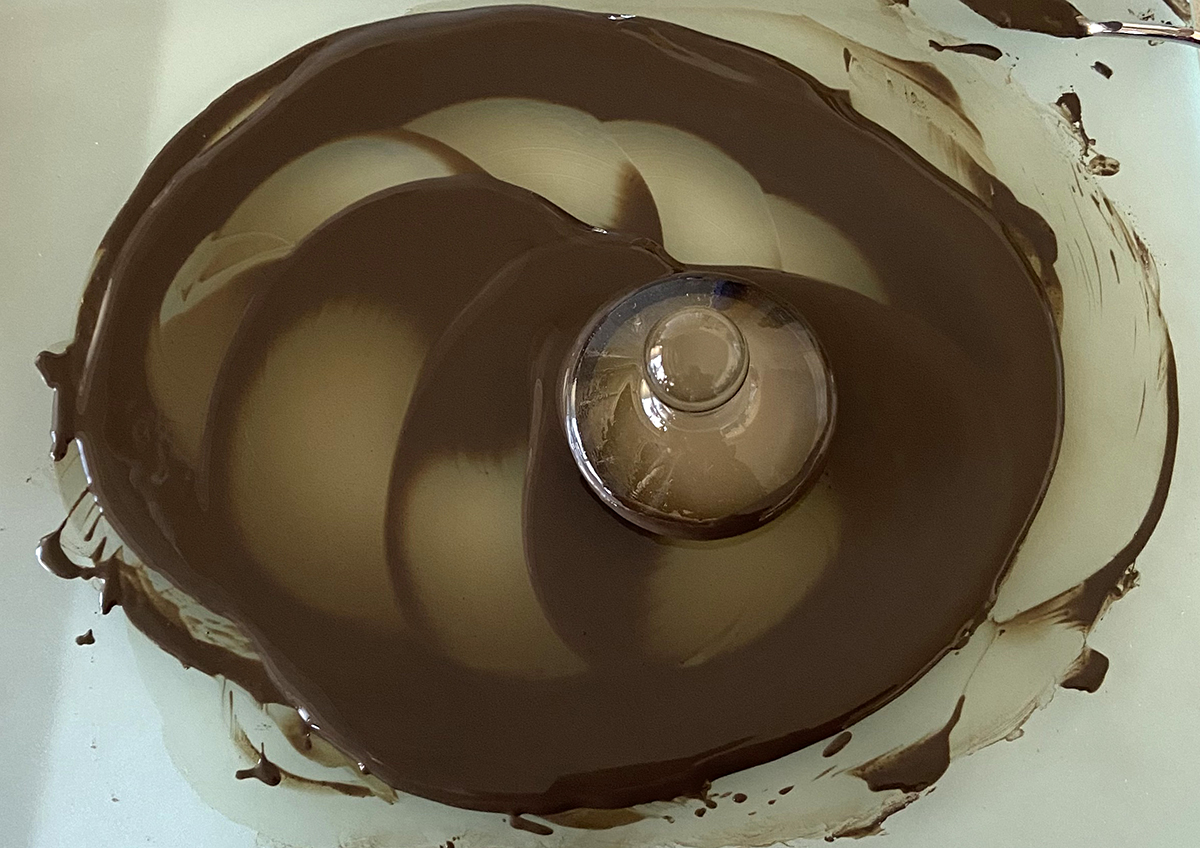
Mulling Pigment
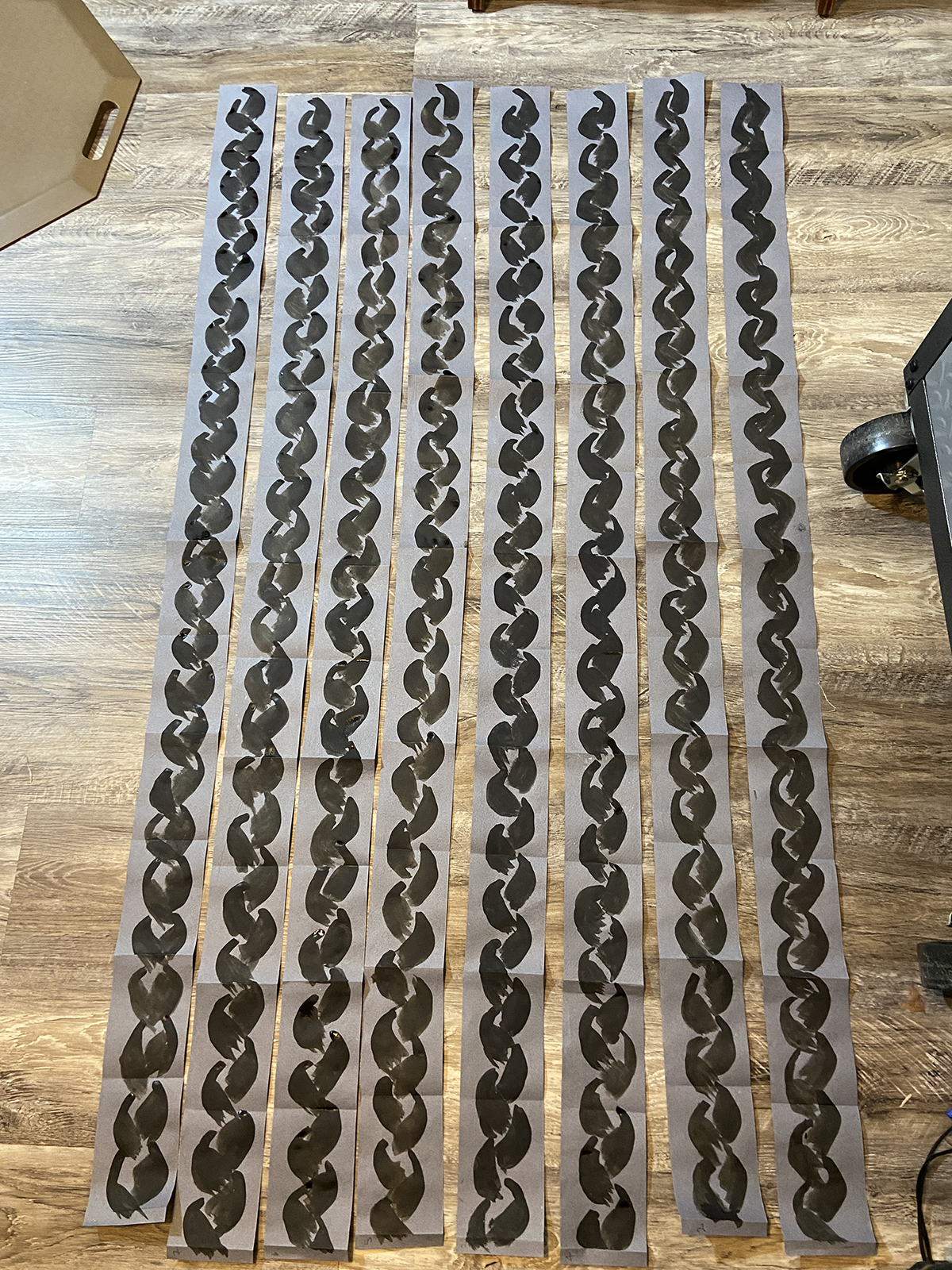
Painting Book Pages




